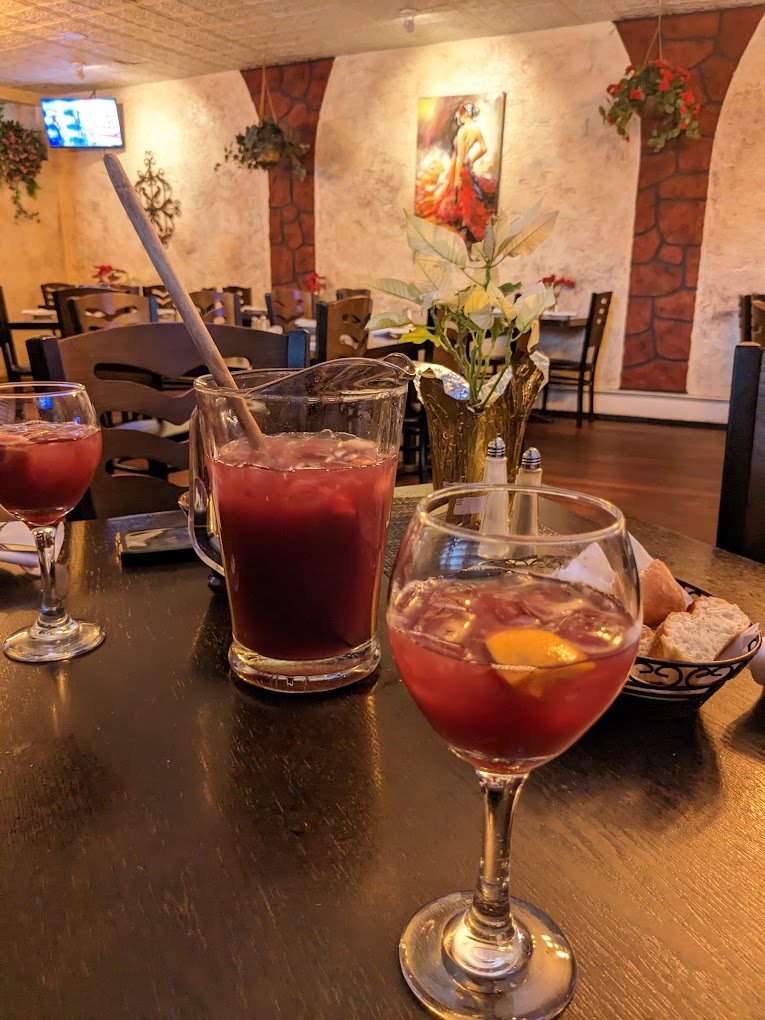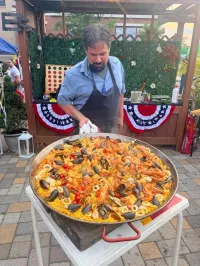Family Owned Since 1976
Our Blog

The History of Sangria and What Makes This Drink from Spain So Popular
“Not only are bloggers suckers for the remarkable, so are the people who read blogs.” - Seth Godin
Sangria, the iconic Spanish punch, has captured the hearts and palates of people around the world. This refreshing drink, known for its vibrant colors and fruity flavors, is a staple at summer gatherings and festive occasions. But where did sangria come from, and why has it become so beloved? Let's explore the rich history of sangria and uncover what makes this drink so popular.

The Origins of Sangria
The history of sangria dates back to ancient times, with its roots deeply embedded in the traditions of Spain and Portugal. The name "sangria" comes from the Spanish word "sangre," meaning blood, a nod to the drink's deep red color. Here are some key points in the evolution of sangria:
Ancient Beginnings: The concept of mixing wine with fruit and spices dates back to the Roman era. The Romans would often add water, fruit, and spices to their wine to make it more palatable and safer to drink, as the water was often contaminated.
Medieval Influence: During the Middle Ages, the addition of fruits and spices to wine continued to be popular in Spain and Portugal. These early versions of sangria were known for their robust flavors and were enjoyed by both the nobility and the common folk.
Colonial Expansion: As Spain and Portugal expanded their empires, they brought their culinary traditions with them. Sangria evolved further as it incorporated new fruits and spices encountered in the colonies, adding layers of complexity to the drink.
The Modern Sangria
The sangria we know and love today began to take shape in the 18th and 19th centuries. It was during this time that the drink became associated with celebrations and social gatherings. Key elements of modern sangria include:
Red Wine: Traditional sangria is made with red wine, often a young and fruity variety. The wine serves as the base of the drink, providing body and depth.
Fruits: A variety of fruits are used in sangria, including oranges, lemons, apples, and berries. These fruits not only add flavor but also enhance the visual appeal of the drink.
Sweeteners: To balance the acidity of the wine and the tartness of the fruits, sweeteners like sugar, honey, or fruit juices are often added.
Spirits and Soda: Some variations of sangria include a splash of brandy or other spirits for an added kick, as well as soda water or lemonade to lighten the drink and add effervescence.
Why Sangria Is So Popular
Sangria’s popularity can be attributed to several factors:
Versatility: Sangria is incredibly versatile. It can be customized to suit different tastes and occasions. Whether you prefer it sweeter or more robust, with red wine or white, the possibilities are endless.
Refreshment: Sangria is the perfect summer drink. Its combination of wine, fruits, and soda makes it refreshing and light, ideal for hot weather and outdoor gatherings.
Social Appeal: Sangria is inherently social. It’s typically served in large pitchers, encouraging sharing and conversation. This communal aspect of drinking sangria makes it a favorite at parties and celebrations.
Aesthetic: The vibrant colors of sangria, with its mix of deep red wine and bright fruits, make it as visually appealing as it is delicious. It’s a drink that delights all the senses.
From its ancient roots to its modern-day iterations, sangria has a storied history that reflects the rich cultural tapestry of Spain. Its enduring popularity is a testament to its versatility, refreshment, and social appeal. Whether you're enjoying a glass at a summer picnic or a festive gathering, sangria brings a taste of Spain's vibrant spirit to any occasion.
At Spanish Pavillion Restaurant in Harrison, NJ, we have been serving authentic dishes from Spain since 1976. As one of the first Spanish restaurants in the area between Newark and the Harrison/Kearny region, we are proud to have brought the rich flavors of Spain to our community for nearly five decades. Our restaurant has been featured on national television, a testament to our dedication to quality and tradition. Conveniently located near the Prudential Center, NJPAC, and Red Bull's Stadium, Spanish Pavillion offers plenty of parking, making it an ideal spot for dining before or after events. Join us and experience the true taste of Spain right here in New Jersey.



